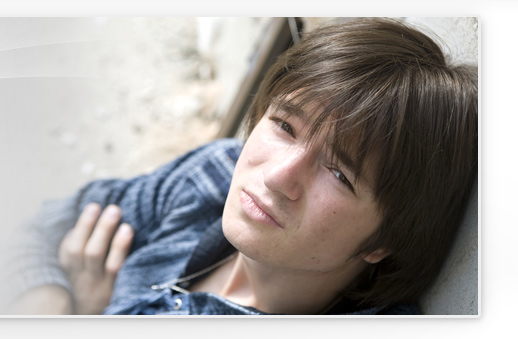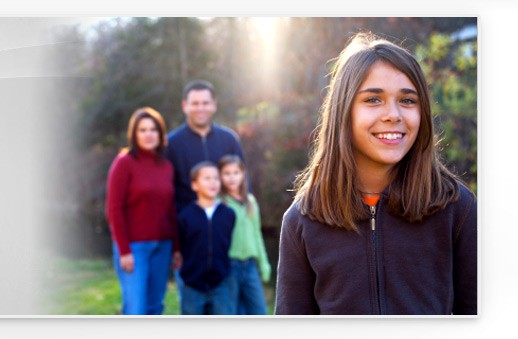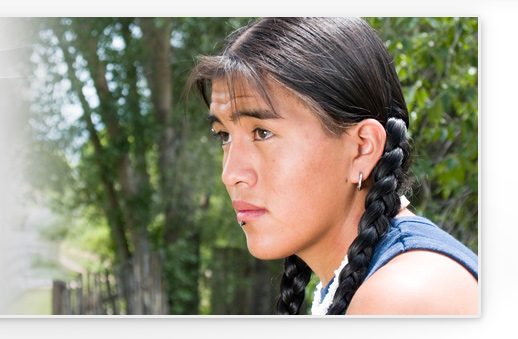
Why Use a Strength-Based Approach?
Young People are constantly hearing negative messages about youth. We must not become part of the problem.
Adolescents in our society have been (wrongly) made to view their developmental stage as a time of storm and stress. Youth receive messages that they are troublesome, even dangerous. Minority and other marginalized youth receive even higher doses of these toxic messages.
To begin to grasp why these messages can harm positive development, it is helpful to understand adolescence from both the developmental and resilience perspectives. Core to understanding adolescent development is knowing that the fundamental questions of adolescence are “who am I?” and “Am I normal?” When the answers to these questions are “I am another person’s fear” and “Normal kids are those who adults worry about,” healthy development is undermined. Resilience theory holds that “youth live up or down to our expectations of them.” Therefore, messages of low expectations can have profoundly negative implications.
Undermining messages are everywhere. Books abound that portray how crazy teens are, and popular media reinforces an image of teens as self-indulgent, risky, even dangerous. Even exciting findings about the teen brain are sometimes presented in ways that suggest teens are all impulse and no control. Public health messages that hype teen sexuality, drug use, and violence present an overriding message “Crisis in America!!!” This hyperbole may catch people’s attention, but this mentality promotes a dangerous and inaccurate view of adolescence that harms youth. The more we allow these negative images to circulate, the more youth will do what it takes to match them; the more uncomfortable they will feel with themselves when they don’t; and the greater difficulty they will have navigating peer relationships when they choose to do the right thing.
People make wise choices when they see themselves as capable and deserving
A professional using a problem- or risk-focused approach may begin with a statement of the problem and offer reasons why current behaviors will cause harm or lead to a feared outcome. This approach may not recognize the context of a young person’s life and could leave him thinking he is seen only as “a problem.” If this occurs it can reinforce a sense of shame, undermining both the potential for change and the forging of a therapeutic relationship. On the other hand, if after a respectful assessment, which included close attention to existing strengths, you can place the problem amidst a sea of strengths, the young person is less likely to feel ashamed and more likely to be receptive to guidance. This may be even more effective if the existing strengths can be tightly linked to the desired behavior.
Several examples illustrate this point:
-
A young person who is smoking marijuana to relieve stress, to chill, may possess tremendous sensitivity and a real desire to improve the challenges at home. He may be smoking precisely because he is the kind of person who cares deeply.
-
A young woman who wants to become a mother has the desire to be nurturing.
-
The 15 year-old drug dealer is also an entrepreneur who may be driven by the desire to contribute to his family.
-
The gang member has a deep sense of loyalty and a need to belong and to feel protected from a dangerous environment.
Recognizing the positive contexts that drive a negative behavior neither condones the behavior nor diminishes our desire to address it. Rather, it allows us to see youth in a way that will prevent shame from being inadvertently communicated through our interaction. The goal is to build upon the point of strength and hope for a ripple effect that will diminish the teen’s need to continue engaging in the worrisome behavior. For example, a young person who uses drugs, but who is also recognized for her sensitivity may be more receptive to other means to diminish stress as well as strategies to creatively and safely express sensitivity.
Does a strength-based approach mean that we should not address risk?
No. Quite the opposite. Those of us who care deeply about the well being of youth know that youth who engage in risk behaviors are at great risk now, and may initiate behaviors that will continue into adulthood, compromising their health, safety, and well-being far into the future. The second decade of life is a critical time to adapt life affirming and health promoting behaviors. Our goal is to guide youth to avoid risk behaviors, but we do so while avoiding shaming or stigmatizing encounters that diminish our ability to be effective change agents and that may actually drive youth towards those behaviors we hope they avoid. Instead, we help them to understand the strengths they possess and the potential future they can reach. Starting from these points of competence bathed in hope for the future, we then invite them to build upon their strengths. As they adapt healthier behaviors, their need for quick, easy fixes or momentary thrills (what we often call “risks”) diminishes.








